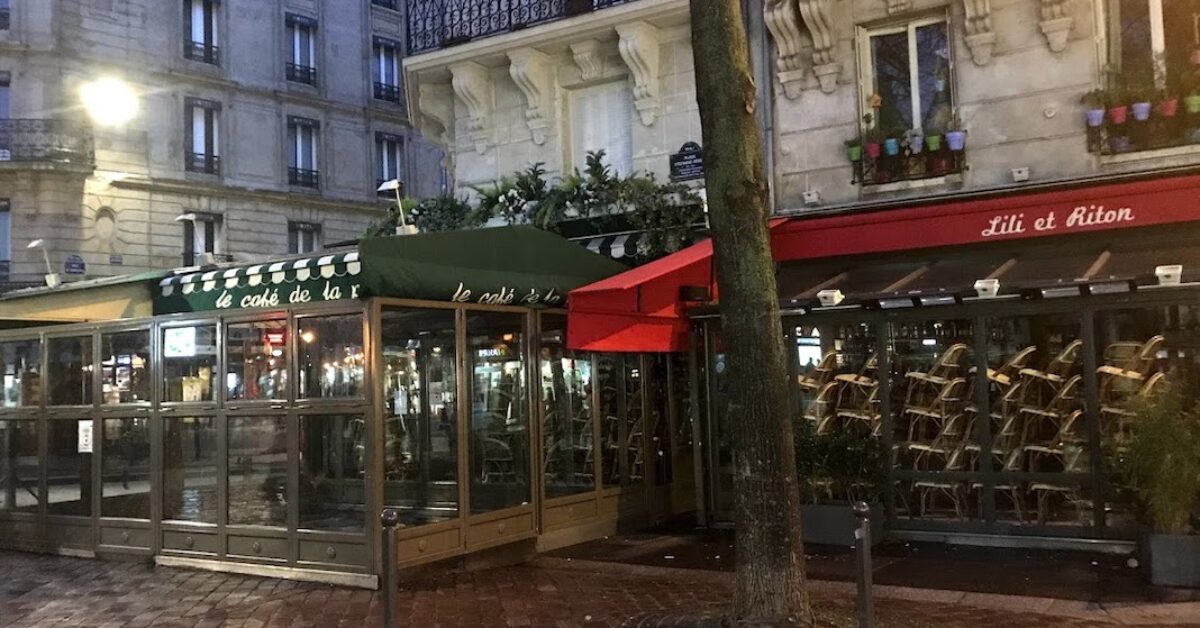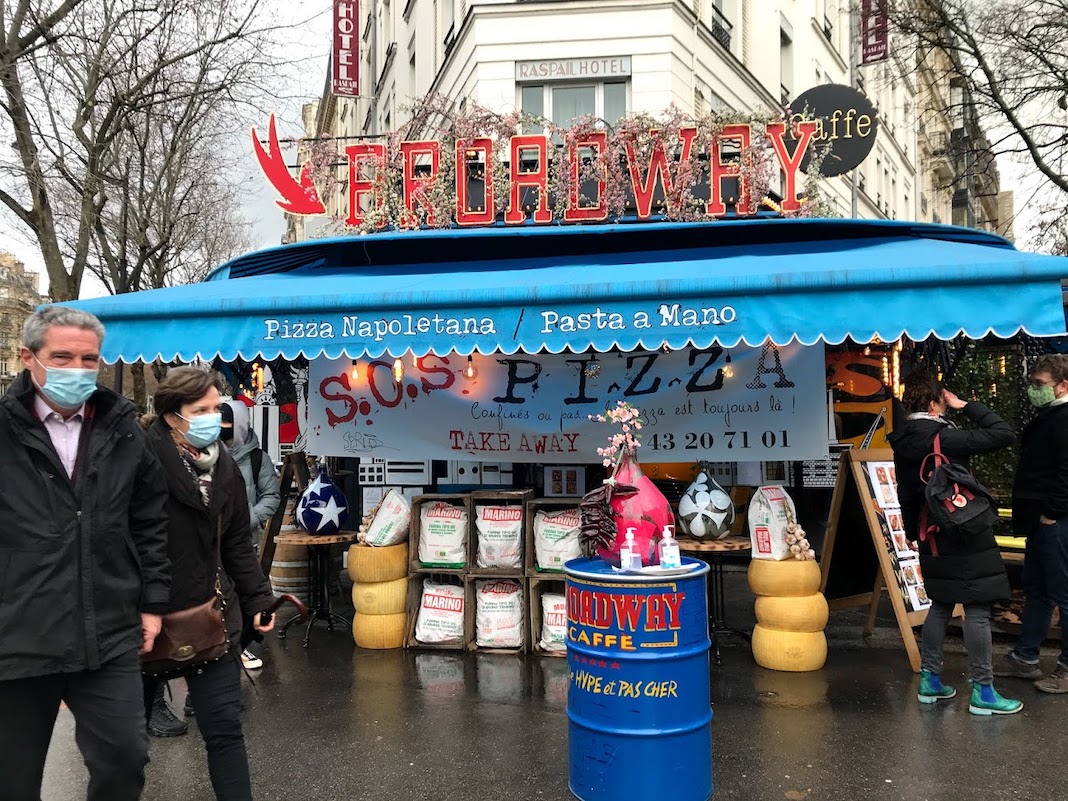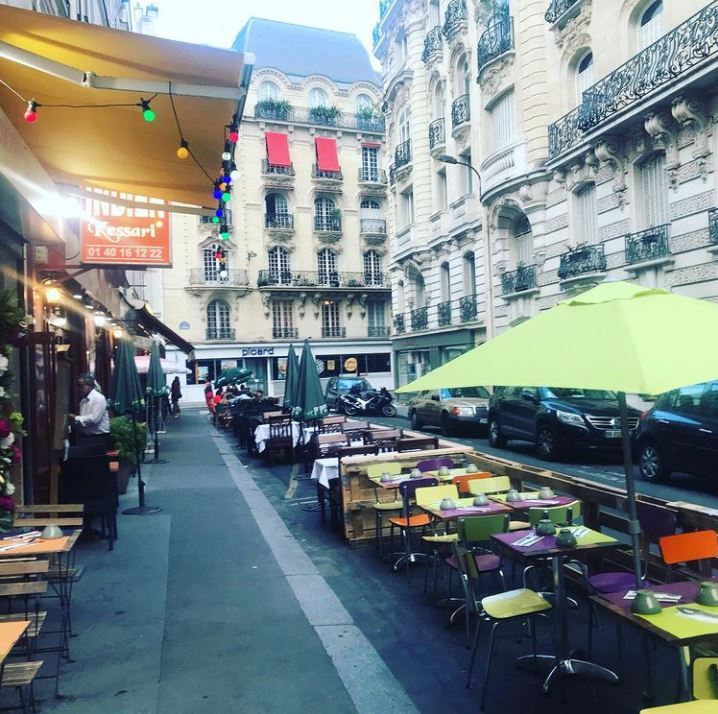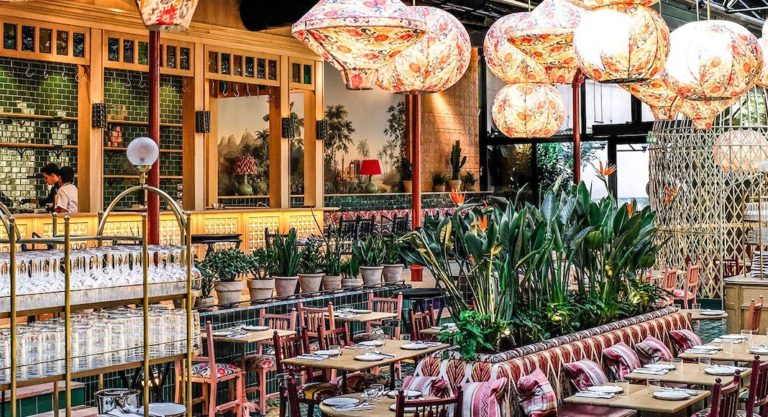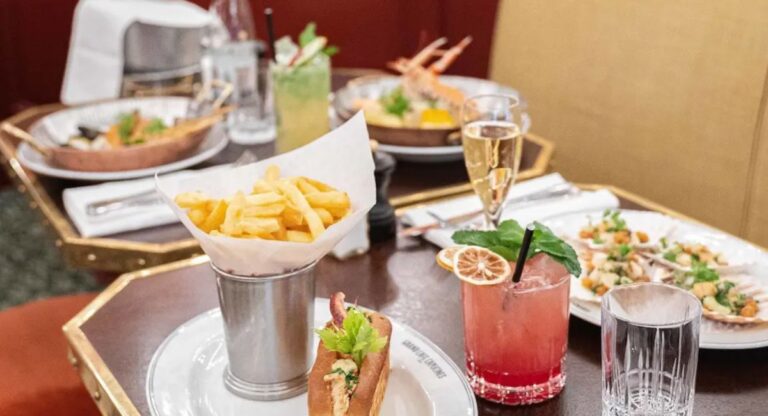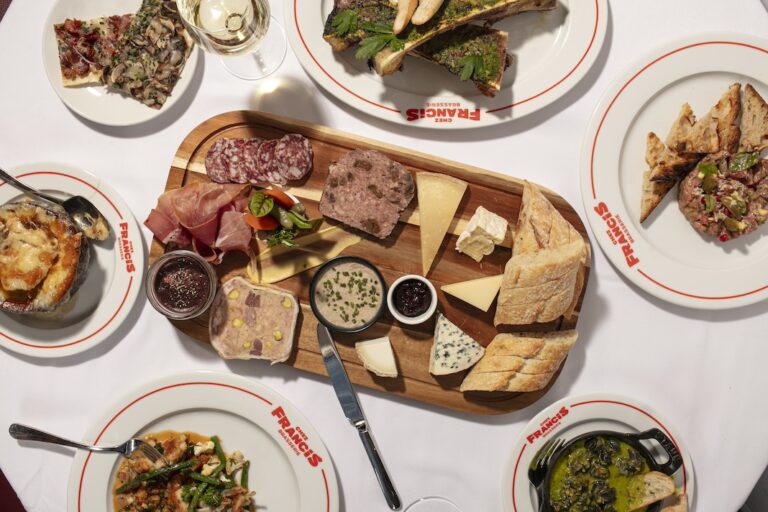“Thank god we are not in the United States. The government has been amazing,” Thibault Harré, owner of five Parisian restaurants (Semilla, Freddy’s, Cosi Rue de Seine, Cosi Rue Filles du Calvaire, Fish La Boissonnerie), said of the financial support the French state has provided to restaurateurs.
“After the government informed us at 8 pm on Saturday [March 14th] that restaurants had to close at midnight, we had to throw so much away, even after donating food to nonprofits and staff. At Fish, we didn’t lose too much; the chef made pickles,” he explained. To curb Covid-19, the French government mandated the closure of restaurants during the first lockdown from March 14 to May 11, 2020. Since the second lockdown, which began October 29, 2020, sit-down restaurants have been required to reshutter their doors.
In a January 2021 press conference, French Prime Minister Jean Castex announced that sit-down bars and restaurants may not be allowed to reopen until mid-February, at the earliest. Pre-Covid, the restaurant industry fed $59.96 billion into the French economy annually.
Economic Hardship
Some restaurant unions estimate that up to 75% of restaurants in France are on the verge of collapse, and French Finance Minister Bruno Le Maire anticipates that between 30% and 40% of restaurants will have to permanently close their doors in 2021.
The decline of tourism has particularly affected Thibault’s restaurants, four of which are located in the tourist hub of the sixth arrondissement, where, as he said, “everything is expensive and no one actually lives.” He estimates that tourists made up 60% to 90% of his clientele. With the landlords of Semilla, Freddy’s, and Cosi offering no rent forgiveness, Thibault loses €20,000 per month in rent and fixed costs, such as insurance. (Even the landlord of Fish, who is a family friend, can only offer him partial rent forgiveness.)
Benoît Melendez, the owner of L’Extra Brut, a cave à champagne in the 9th arrondissement, has likewise witnessed a 40% decline in revenue in October and November 2020, compared to 2019. Benoît stressed that this was not a threat only to him, but to the city as a whole, saying that Parisians, “should realize that little stores like mine are essential to Parisian life. Yes, my business is important but so is what I’m doing as a little commercant, changing the way the street looks, adding to its energy.”
Even when people do feel like supporting local businesses, however, government mandates on reduced capacity pose their own difficulties. “In June, Freddy’s was full,” Thibault explained. “But, with social distancing measures, full meant losing half our revenue.”
Government Support
To offset the catastrophic decline in French restaurant sales — which decreased 50% in the first six months of 2019 — the French government established a partial unemployment, or chomage partiel, furlough scheme, which covers 85% of employees’ net salaries, and will continue until January 31, 2021.“The chomage partiel helped us and every restaurant so much. Without it, I would have found a different job outside the restaurant industry. No doubt,” Thibault said.
The government has also set up state-guaranteed loans, prêts garantis par l’Etat, or PGE, which take on 90% of the risk of loans that banks provide to qualifying businesses. “If it weren’t for the government loan that I received in June, I’d be dead right now, I’d be bankrupt,” said Benoît.
In addition, from April to July 2019, the government set up a solidarity fund for restaurants that lost 75% of business to receive €1,500 per month if they had no more than 10 employees. As of November 2020, restaurants were eligible to receive subsidies of up to €10,000 euros for the month of December from the same fund.
The Way Forward
Yet government funding alone hasn’t been enough to save restaurants. In order to survive, restaurateurs have needed to adapt quickly to the circumstances. In the summer, for instance, restaurants such as Fish built terraces for outdoor dining. But changes were far from surface-level.
“I have changed the way I sell, the products I sell, and the time schedule during which I sell,” said Benoît. With the champagne industry down 25% to 30% (considering no one is much in the mood to celebrate), he now sells as much wine as champagne. Plus, now placing smaller orders, Benoît cannot afford transportation costs, so drives to Champagne himself, piling the bottles into his own car. While on the road, the Ferrandi-educated chef he hired in September to take his food “to the next level” fills in as a salesperson.
“Even though I am still able to pay my bills today, I’m skeptical on a long-term basis. I think March is going to be freaking hard.” Benoît said. Thibault shares his angst. “Freddy’s was the vache à lait, the most successful. I’m really worried we might lose it,” he said.
In that case, he joked, “Maybe I’ll sell the restaurants and go into the laboratory business.”

